harish.jonnalagadda@futurenet.com (Harish Jonnalagadda)
2025-01-17 08:19:00
www.androidcentral.com
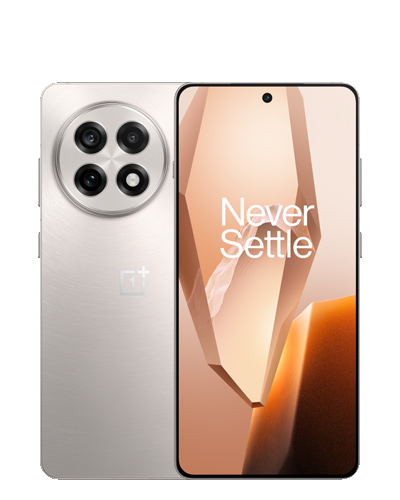
The obvious choice
In a sea of modest updates, the OnePlus 13R stands out for offering comprehensive hardware upgrades, including new silicon, a bigger battery, and cameras that take better photos. The best part is that it still retains its value-focused pricing, and if you’re looking to pick up a new phone in 2025, it may just be the best bargain around.
For
- Great hardware
- Durable design
- Better cameras at the back
- Longer-lasting battery
- Fluid software with four Android OS updates
Against
- Takes nearly an hour to charge
- No eSIM
- Auxiliary cameras aren’t the best
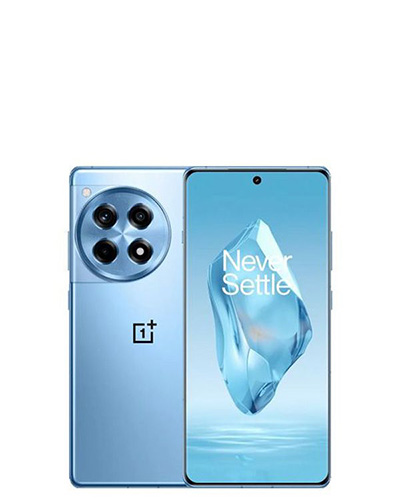
Past its sell-by date
The OnePlus 12R is still a decent device by any measure, but it doesn’t quite measure up to the 13R. The dual-curved design isn’t as durable, the hardware isn’t quite as fast, and while the battery lasts a day, the 13R easily outshines it in this regard. You won’t get as many software updates either, and I’d recommend getting the 13R if you need a new phone.
For
- Dual-curved design
- Hardware still holds up
- Good camera at the back
- Battery easily lasts a day
Against
- Poor auxiliary cameras
- Won’t get as many software updates
- Not as good a value as the 13R
OnePlus 13R vs. OnePlus 12R: Design and display
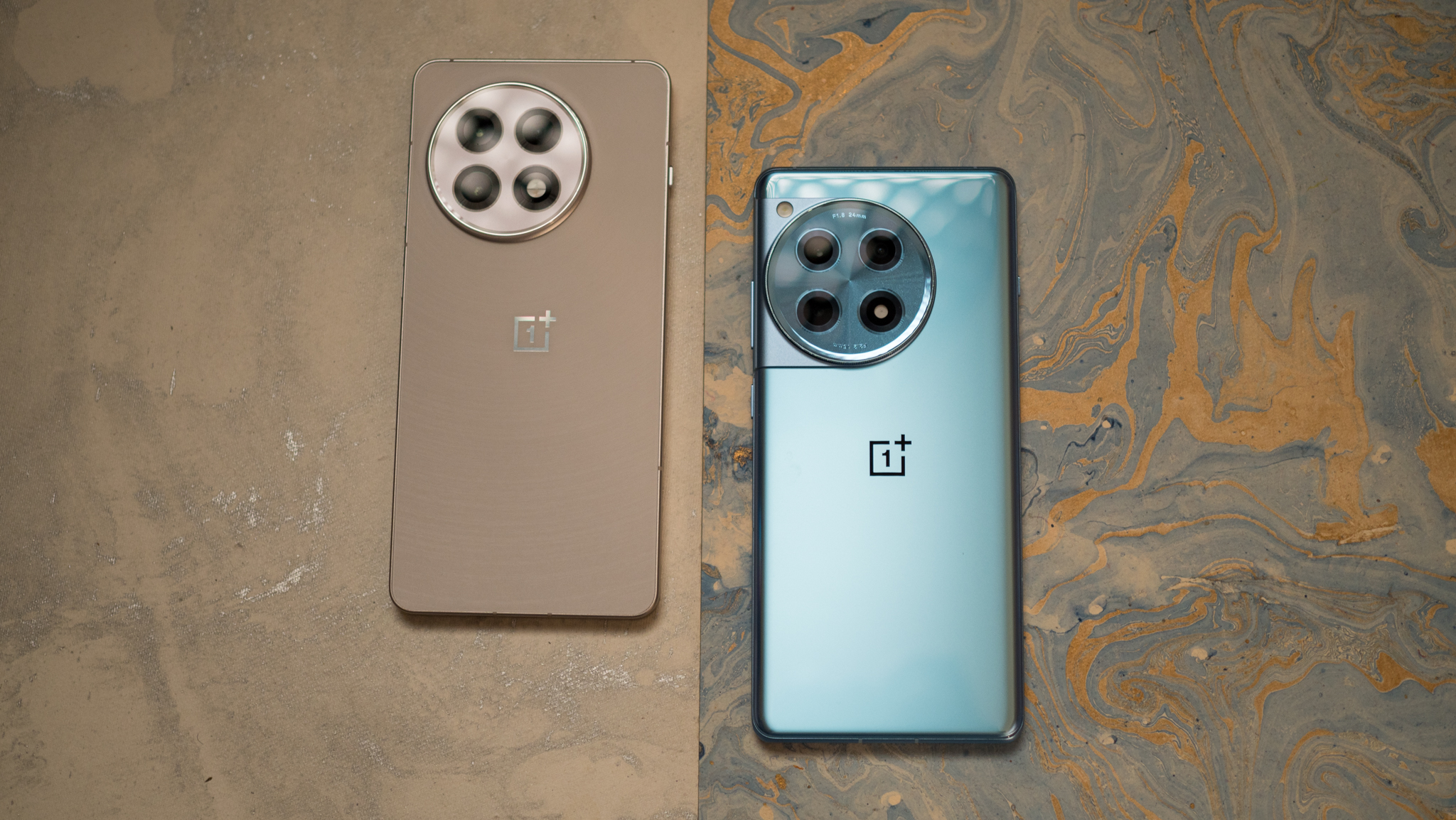
The OnePlus 13R has a new design with flat sides, and honestly, I’m not a fan of the design. While the OnePlus 13 has subtle bevels to make it easier to hold the device, the 13R is boxy, and it makes holding and using the phone uncomfortable. It has an aluminum mid-frame, and while it is technically thinner than the 12R, that isn’t evident when holding both phones next to one another.
I like the design of the OnePlus 12R better; the dual-curved aesthetic makes the phone a delight to use, and it just feels better. That said, there’s an increased risk of the front or rear panes of glass taking damage should the device take a tumble, and the 13R switched to a boxy design to avoid these issues.

Both devices have the alert slider, and they have fingerprint sensors located awkwardly; the 12R has the module too high up on the panel, and the 13R has one that sits too low. Rounding out the design, the 12R gets IP64 dust and water resistance, with the 13R picking up IP65. I would have liked to see IP67 on the device, but that isn’t the case this time.
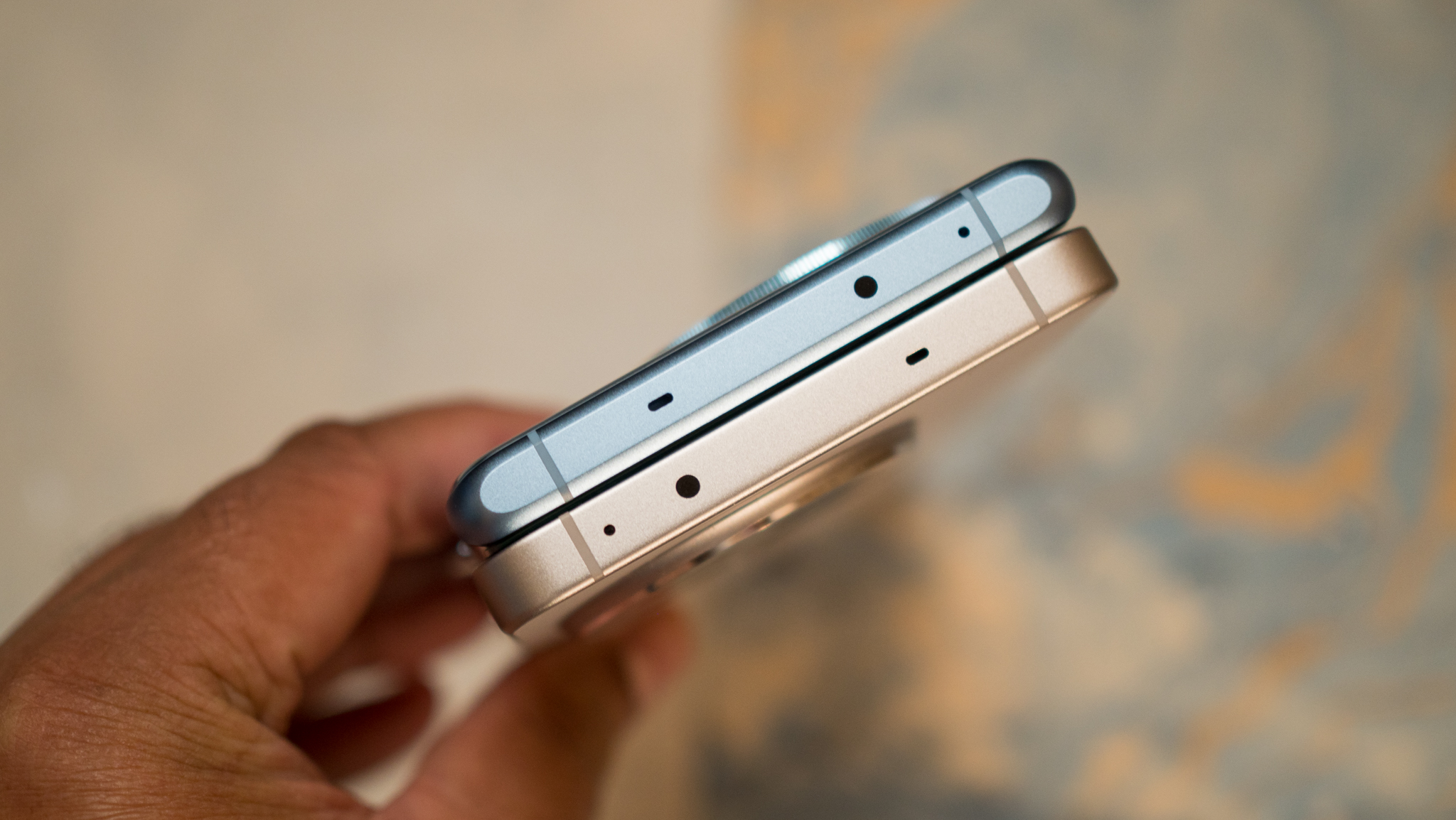
Switching over to the panel, both phones use the same 6.78-inch BOE AMOLED 120Hz screen, with identical brightness and color vibrancy. There isn’t any issue with either device in outdoor use, and they do a great job delivering vibrant colors in HDR content and daily use.
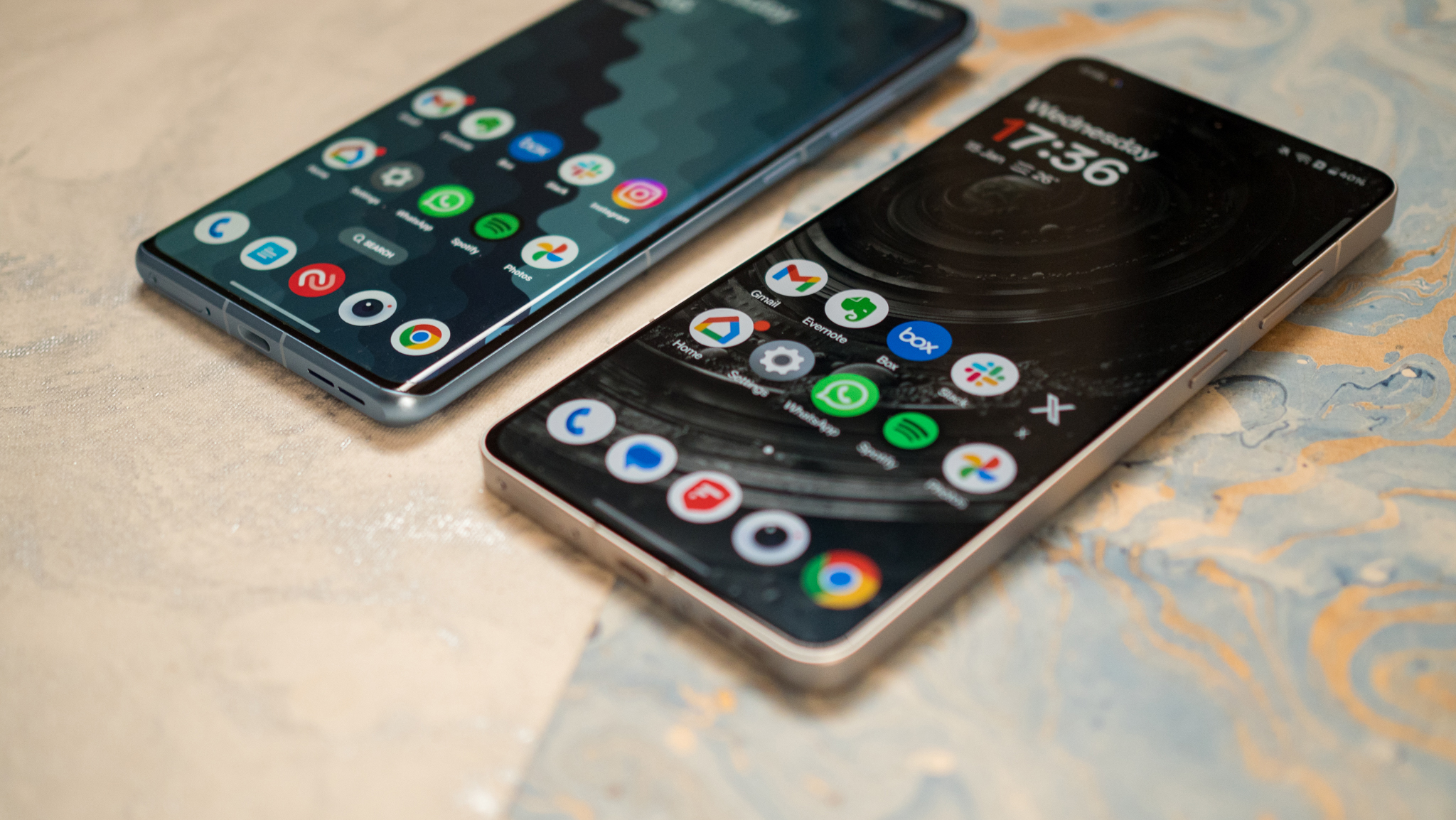
The only notable difference is that the 13R has a fully flat panel, so if you’re not a fan of the design of the 12R, you’ll like what the manufacturer is doing this time. Outside of that, the quality of the AMOLED panel itself is unchanged.
OnePlus 13R vs. OnePlus 12R: Hardware
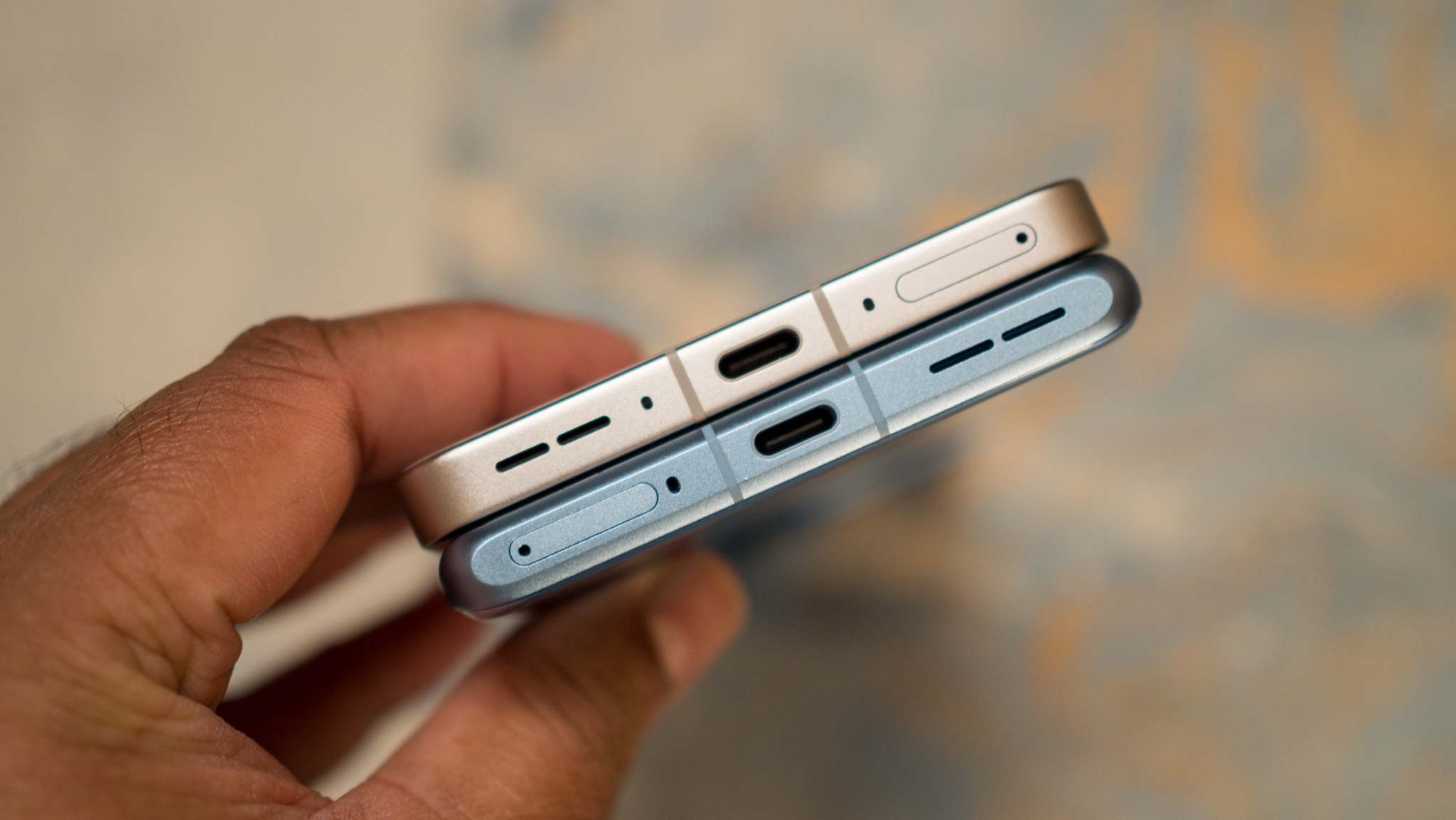
The OnePlus 13R has a considerable leg up over the 12R, and that’s because it comes with Qualcomm’s Snapdragon 8 Gen 3. It has outstanding performance in daily use as well as gaming, and I didn’t notice any slowdowns whatsoever. You also get 256GB of UFS 4.0 storage on the base model, and 12GB of RAM as standard this time.
The 12R is still decent enough in this area, but the base model has an 8GB/128GB configuration, and you just get more with the 13R. On that note, the 13R has a bigger 6000mAh battery as well, and is able to last a day and a half with ease. By contrast, the 12R averages a day with heavy use.
| Category | OnePlus 13R | OnePlus 12R |
|---|---|---|
| OS | OxygenOS 15 based on Android 15, four Android OS updates and six years of security updates | OxygenOS 15 based on Android 15, three Android OS updates and four years of security updates |
| Display | 6.78-inch 120Hz LTPO AMOLED (2780×1264), HDR10+, Dolby Vision, 1,600 nits (HBM), 4,500 nits (HDR), Gorilla Glass 7i | 6.78-inch 120Hz LTPO AMOLED (2780×1264), HDR10+, Dolby Vision, 1,600 nits (HBM), 4,500 nits (HDR), Gorilla Glass Victus 2 |
| Chipset | Snapdragon 8 Gen 3, Adreno 750, 4nm | Snapdragon 8 Gen 2, Adreno 740, 4nm |
| RAM | 12GB/16GB | 8GB/12GB |
| Storage | 256GB/512GB UFS 4.0 | 128GB/256GB UFS 3.1 |
| Rear camera 1 | 50MP f/1.8 main camera, OIS | 50MP f/1.8 main camera, OIS |
| Rear camera 2 | 50MP f/2.0 telephoto, 2x optical zoom | 8MP f./2.2 wide-angle |
| Rear camera 3 | 8MP f./2.2 wide-angle | 2MP macro |
| Front camera | 16MP f/2.4 | 16MP f/2.4 |
| Ingress protection | IP65 dust and water resistance | IP64 dust and water resistance |
| Connectivity | Wi-Fi 7, Sub-6 5G bands, NFC, Bluetooth 5.4, BeaconLink, AptX HD | Wi-Fi 7, Sub-6 5G bands, NFC, Bluetooth 5.3, AptX HD |
| Security | In-screen optical sensor | In-screen optical sensor |
| Audio | USB-C, stereo sound | USB-C, stereo sound |
| Battery | 6000mAh battery, 80W charging | 5500mAh battery, 100W charging |
| Dimensions | 161.7 x 75.8 x 8mm, 206g | 163.3 x 75.3 x 8.8mm, 207g |
| Colors | Astral Trail, Nebula Noir | Iron Gray, Cool Blue, Sunset Dune |
There isn’t much else to talk about on the hardware side of things; both phones have strong packages, but the 13R gives you additional power, and the battery lasts longer. That said, the phone takes considerably longer to charge, going up to 56 minutes to charge the battery. The 12R, meanwhile, charges in just over 30 minutes.
OnePlus 13R vs. OnePlus 12R: Cameras
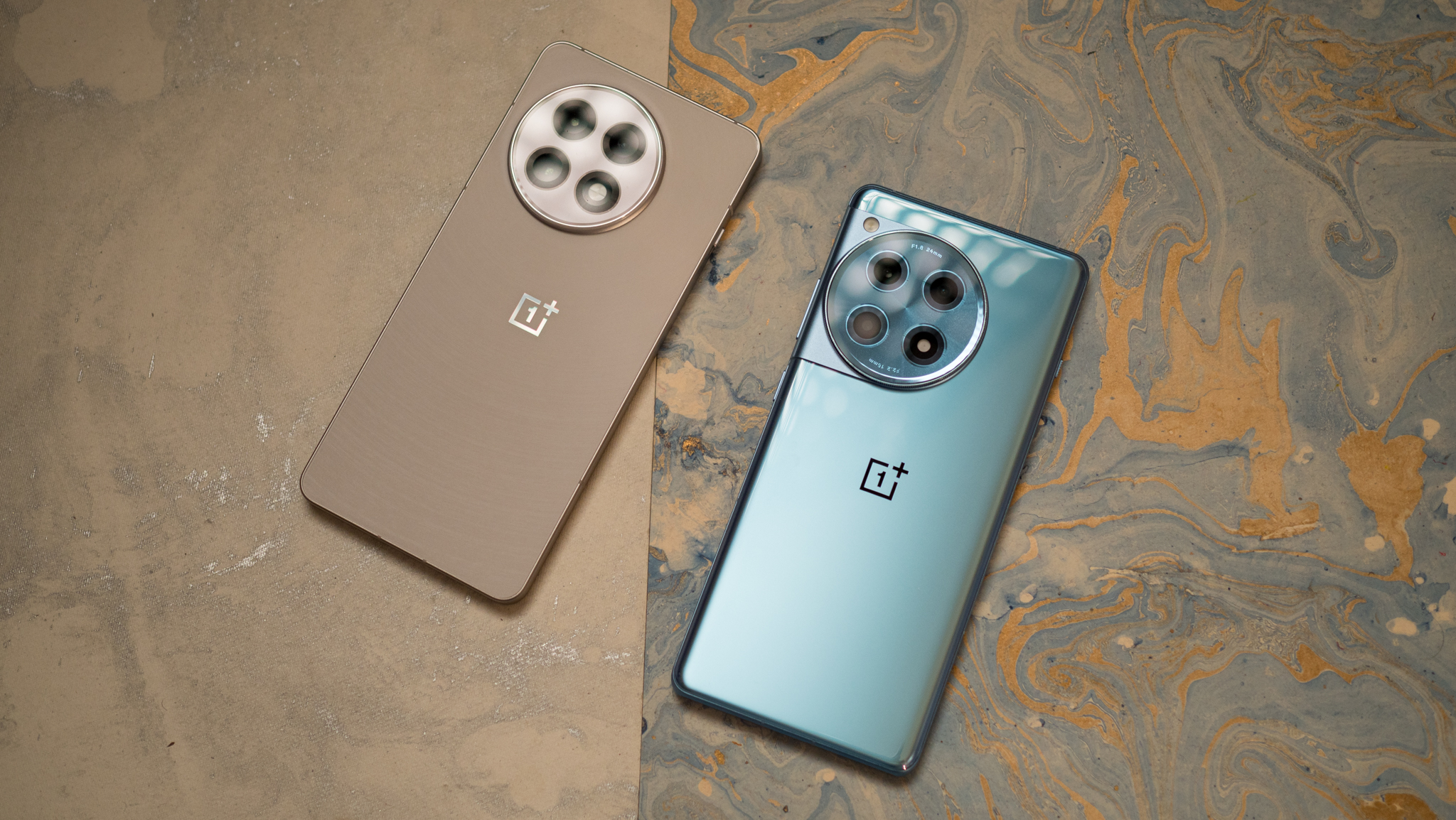
OnePlus is using the same 50MP main camera, but changes to the tuning algorithms mean you get better photos. There’s still some issues with tonal balance in low-light scenarios, but on the whole, it is a stronger package than last year. You even get a 50MP 2x lens this time, but the 8MP wide-angle is the same as the 12R, and it is just as average as last year.
On the whole, the 13R takes better shots in daylight situations, and the 2x lens gives the device an added versatility that’s missing on the 12R. While the camera isn’t quite as good as the OnePlus 13, it is among the better options in this category, and the tweaks to the 13R allow it to take the lead.
OnePlus 13R vs. OnePlus 12R: Software
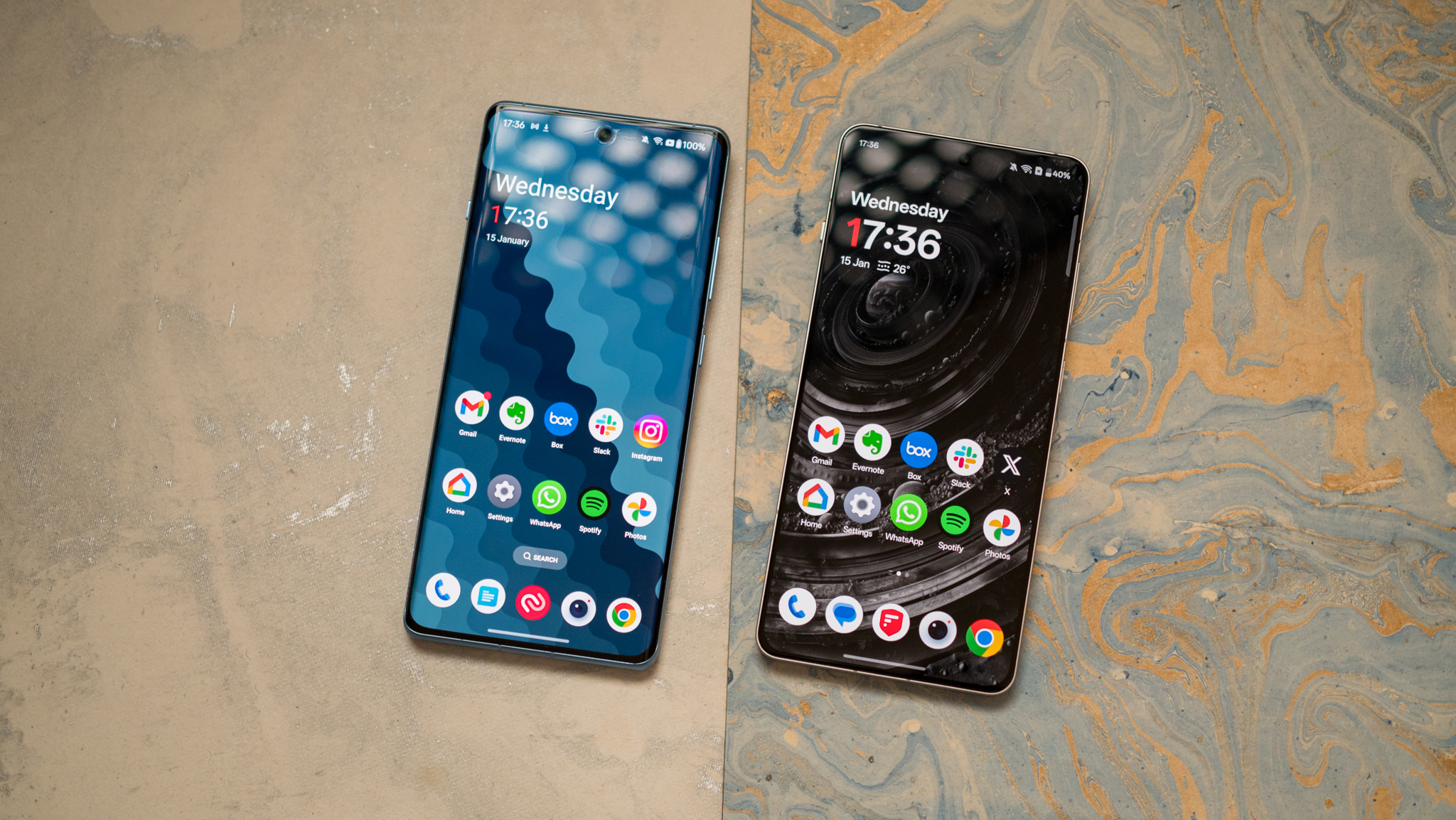
The OnePlus 13R runs OxygenOS 15 based on Android 15 out of the box, and the interface is fluid in regular use. You don’t get many new features, but there is added customizability, and that’s always a good thing. The software is heavily styled, so if you need a minimal interface, your best bet is still a Pixel.
That said, I didn’t notice any bugs or run into issues on the software front, and that’s a refreshing change of pace from previous years. There is bloatware out of the box, but it can be easily uninstalled. Outside of that, OxygenOS 15 is generally great, and it’s good to see the UI not riddled with bugs at launch.
The 13R will pick up additional updates as well, with the phone slated to receive four years of Android OS updates along with six years of security updates. The 12R will get three Android OS updates (including Android 15), so it won’t go beyond Android 17.
OnePlus 13R vs. OnePlus 12R: Which should you buy?
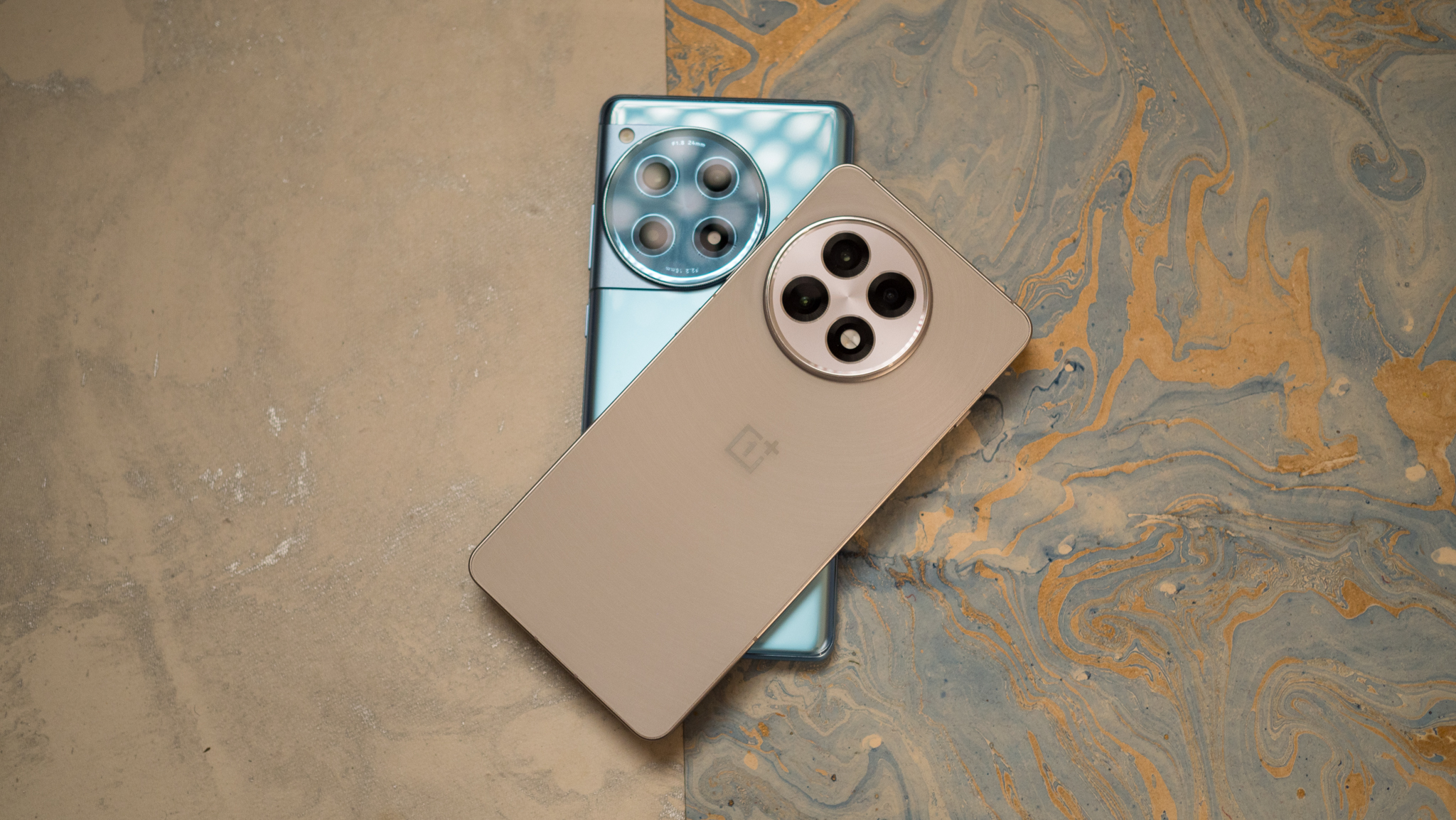
If you want a new phone and are deciding between these two choices, you should just get the OnePlus 13R. While I don’t like the design as much, that’s about the only major negative over the 12R. The 13R has better hardware, more memory and storage as standard, takes better photos, lasts longer, and will get more updates.
The phone costs $100 more in the U.S., but you’re ultimately getting a better overall value. This is a no-brainer in India, where the OnePlus 13R costs the same as the 12R; if you’re in the country, you should buy the 13R without any hesitation. Even in other regions, the number of upgrades on offer make the OnePlus 13R my recommendation.

The obvious choice
This is my go-to recommendation if you need a phone with powerful hardware in 2025. It runs demanding games without any issues, the design is durable (if not the best-looking), the camera takes great photos, and the device easily lasts a day and a half between charges.

Past its sell-by date
Unless you get an unmissable discount on the device, I’d suggest getting the 13R instead. It just gives you a little extra, and considering there isn’t much of a difference in cost, you’re getting a better overall phone.

Keep your phone secure and easily accessible in your car with the Miracase Phone Holder for Your Car! This Amazon Best Seller is designed for easy installation and holds your phone firmly in place, ensuring a safe and convenient driving experience.
With a 4.3/5-star rating from 29,710 reviews, it’s a top choice for drivers! Plus, over 10,000 units sold in the past month! Get it now for just $15.99 on Amazon.
Support Techcratic
If you find value in Techcratic’s insights and articles, consider supporting us with Bitcoin. Your support helps me, as a solo operator, continue delivering high-quality content while managing all the technical aspects, from server maintenance to blog writing, future updates, and improvements. Support Innovation! Thank you.
Bitcoin Address:
bc1qlszw7elx2qahjwvaryh0tkgg8y68enw30gpvge
Please verify this address before sending funds.
Bitcoin QR Code
Simply scan the QR code below to support Techcratic.

Please read the Privacy and Security Disclaimer on how Techcratic handles your support.
Disclaimer: As an Amazon Associate, Techcratic may earn from qualifying purchases.






















































































![for Tesla Phone Mount, [Strongest Magnet] Magnetic Car Mount for MagSafe, for Tesla…](https://techcratic.com/wp-content/uploads/2025/09/81833Vq2jzL._AC_SL1500_-360x180.jpg)



















